The Scania Chronicle
Page 10
By Christoph Büch and Steve St.Schmidt (Berlin 2023)
Next generation from 2016:
Completely new design
A completely redesigned Scania generation was launched in 2016. It was officially unveiled on August 23 at the Grand Palais in Paris. The market launch included a new R cab and the completely new, 12.8-feet-high S cab with a flat interior floor. Further cab variants of the new generation were presented at a later date. The type designations according to the previous scheme remained valid. Henrik Henriksson, President and CEO of Scania, presented the new series together with Christian Levin, Executive Vice President Marketing. 1,200 guests from the transport industry from 70 countries traveled to the Grand Palais des Beaux-Arts in the center of Paris to attend the largest product launch in Scania's 125-year history.
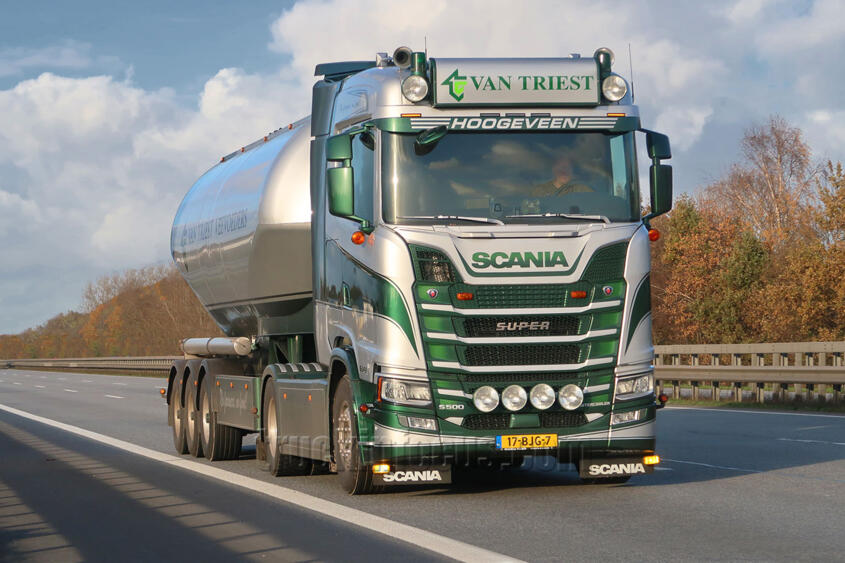
Since 2010, the engineers from Porsche Engineering had been contributing their experience and expertise from automotive development in the areas of lightweight construction and fuel economy to the Next Generation project at Scania. In addition to the Scania-typical styling, the collaboration focused on improving functionality and optimizing development and production processes.
The design developed in the wind tunnel, recognizable by its rounded contours, should reduce the fuel consumption of the Next Generation by two percent. Modifications to the engine with new injection nozzles and intercoolers were intended to achieve a further three percent saving. The new cabs offered more space and a new interior.
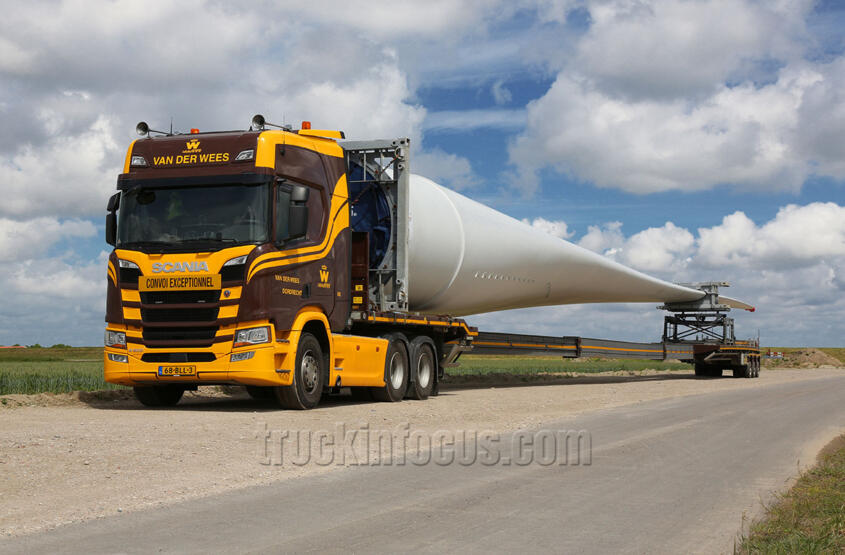
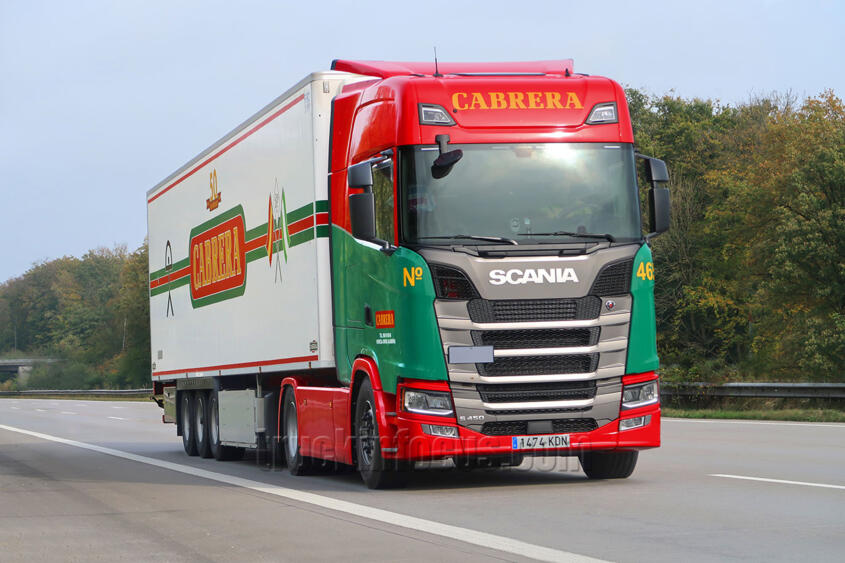
Since 2017, the cab has also been available in different dimensions for the G and P models. The interior height varies from 4.9 to 6.8 feet.
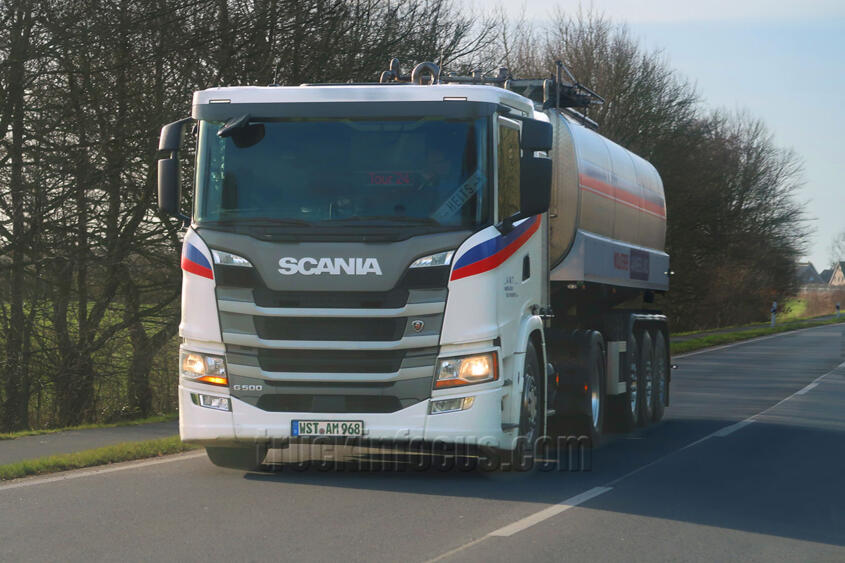
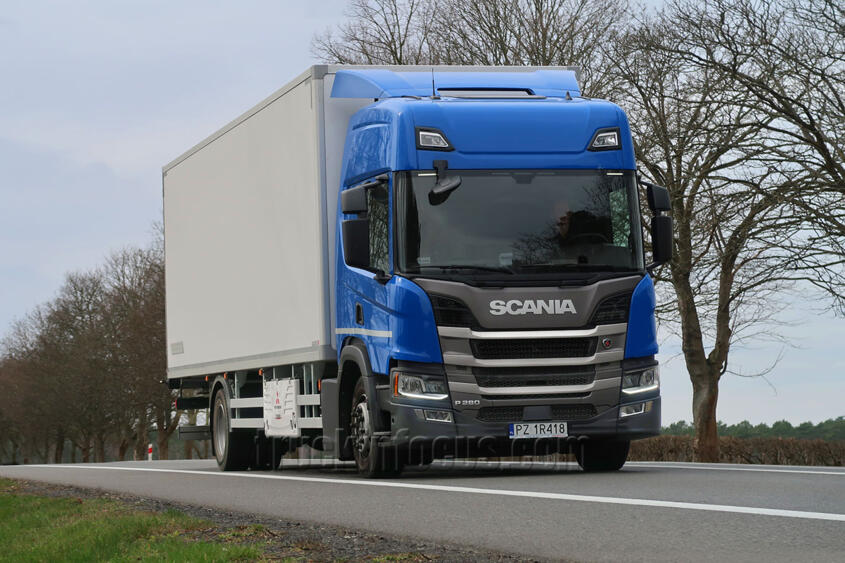
At the end of 2017, the low-entry version with the designation L-series was added to the line, shortly after the new XT series for robust applications had been launched. Compared to the standard model, the XT has a steel bumper with a protective shield underneath. Reinforced, ribbed rear-view mirrors replace the standard side mirrors. As with the normal Scania vehicle range, many chassis and engine combinations are possible. An electronic braking system (EBS) with disc or drum brakes, new double wishbone parabolic front springs, enlarged wheel arches for larger wheel/tire combinations and two different upright exhaust variants are available as options. The XT can also be equipped with an infotainment system with touchscreen.
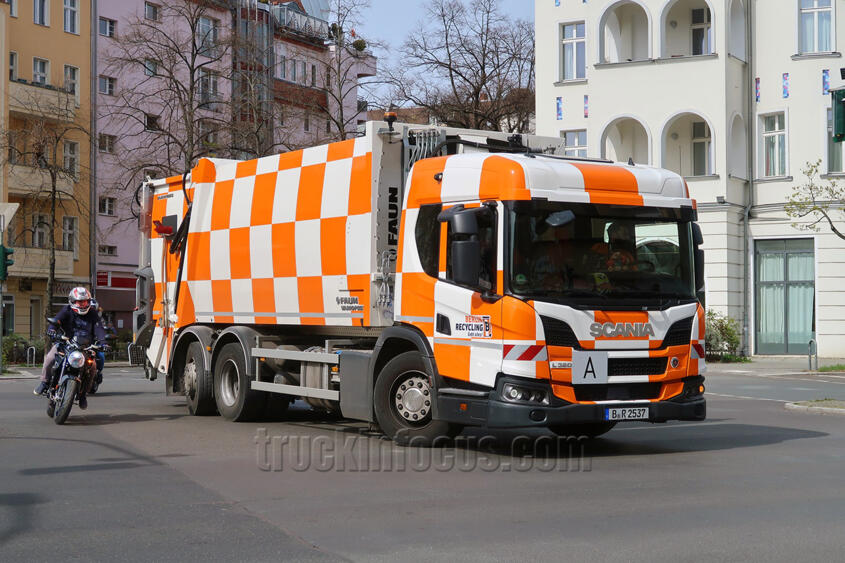
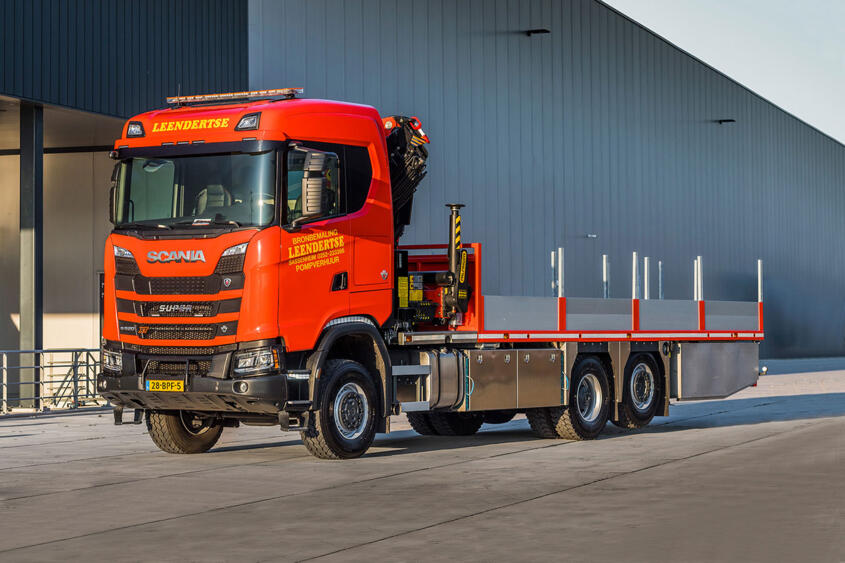
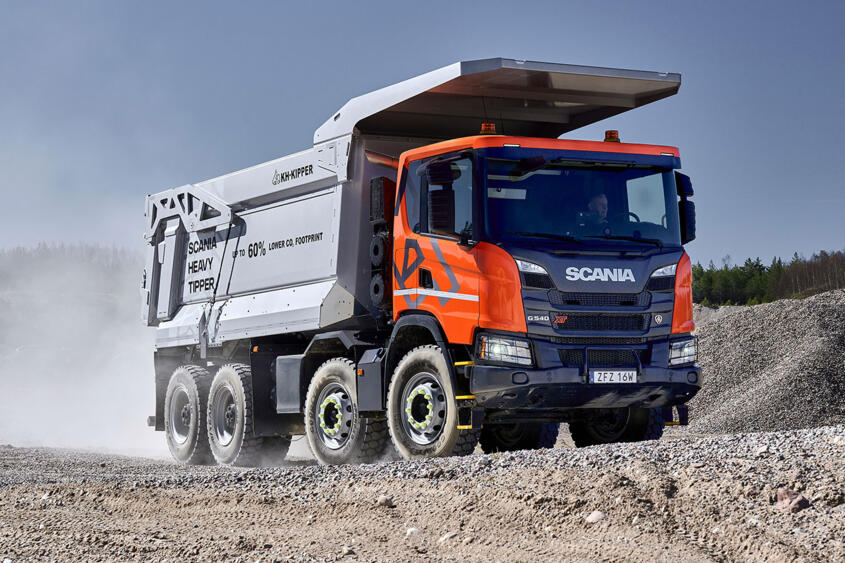
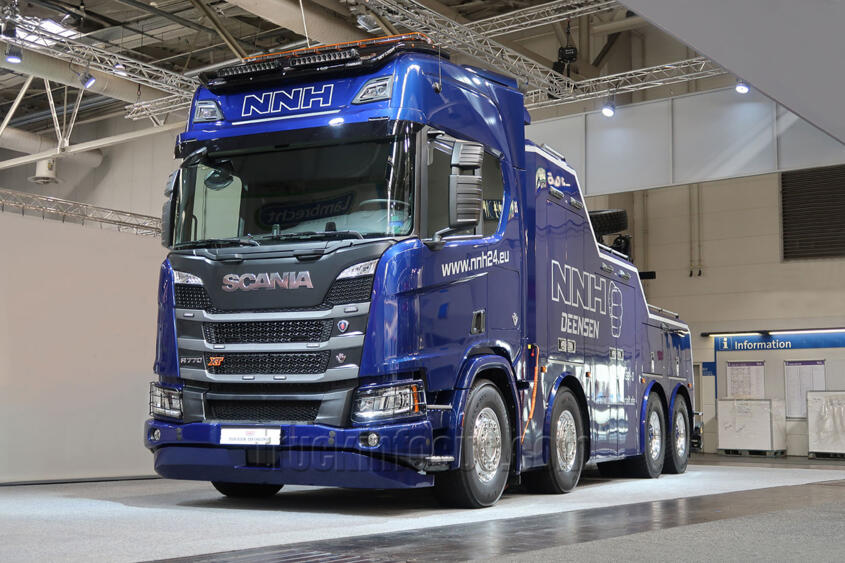
Scania has been offering a new generation of diesel engines in selected truck models since 2019. In addition to a version with compressed natural gas (CNG), a version with liquefied natural gas (LNG) was already available two years previously.
At the end of 2021, a completely new generation of engines was presented with the Scania Super, in which five years of development work and more than two billion euros were invested. The new 3.43-gallon engine promises maximum fuel efficiency, compatibility with biofuels and an unprecedented reduction in CO2 emissions. The new Euro 6 engine is initially available in four power levels: 420, 460, 500 and 560 hp. In combination with the new Scania Opticruise transmissions G 25 and G 33, which were introduced in 2020, and Scania's new rear axle design, fuel savings of up to eight percent should be possible in applications such as general cargo or temperature-controlled transport.
In 2023, the battery-electric L-series urban delivery van was comprehensively updated. The innovations include an e-capable chassis, new assistance systems and the batteries from Northvolt, which are sustainably produced at Scania and offer high flexibility in distribution transport, waste collection or the construction industry. Their charging behavior allows repeated charging up to 100 percent of their state of charge window (SOC) without affecting their service life. This is made possible by a linear charging curve, thanks to which they are charged just as quickly when almost fully charged as when the battery is empty. Another advantage is the low CO2 footprint, as the footprint of a conventionally produced battery is around three times as large.
The EM C1-4 was also presented, an electric drive that combines a permanent magnet motor and a four-speed gearbox in one unit. This unit is set to become Scania's most popular drive variant. It is available in five power levels: 270, 300, 330, 360 and 400 kW.
At the IAA in Hanover in the fall of 2022, Scania announced that from now on at least one new e-mobility solution would be launched every year and that half of all vehicle sales would be electrified by 2030.
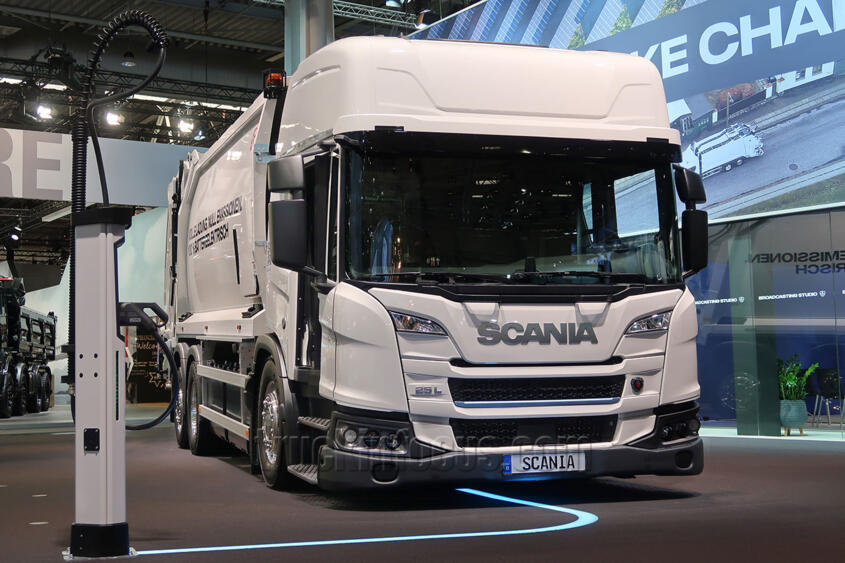
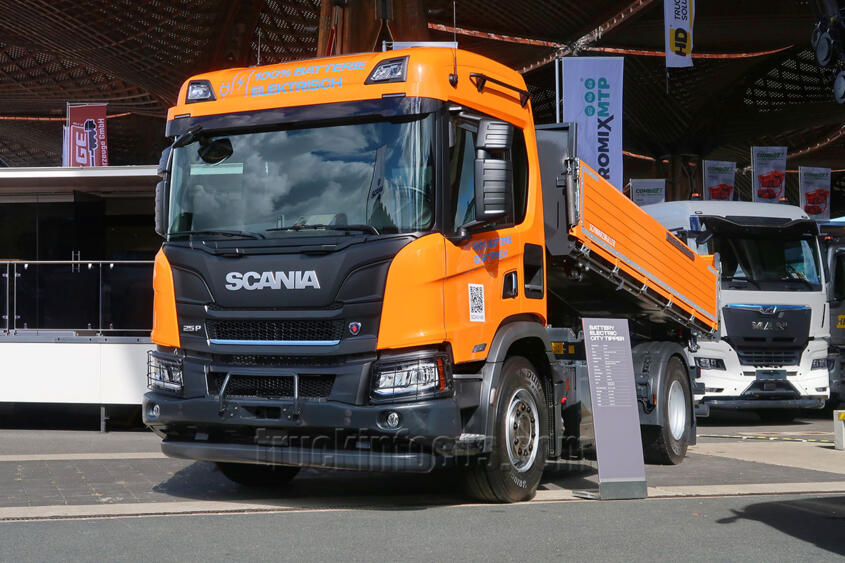
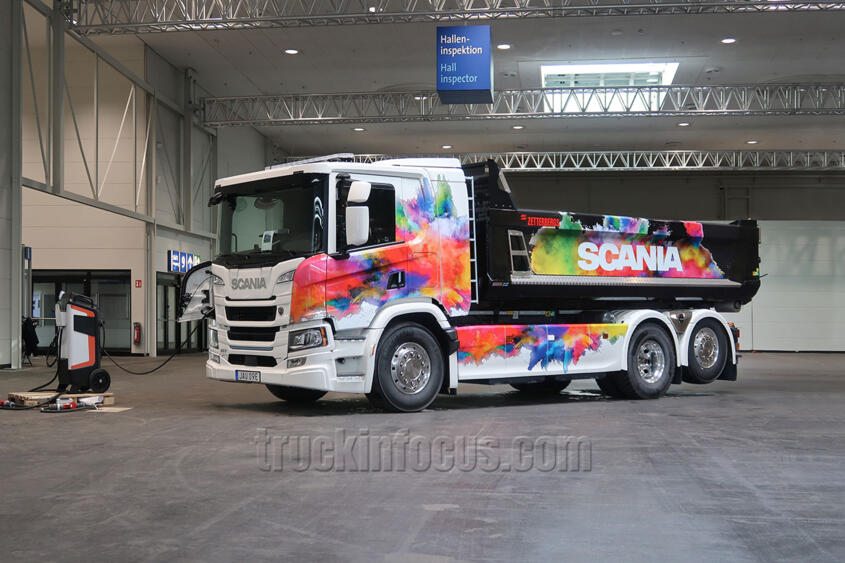
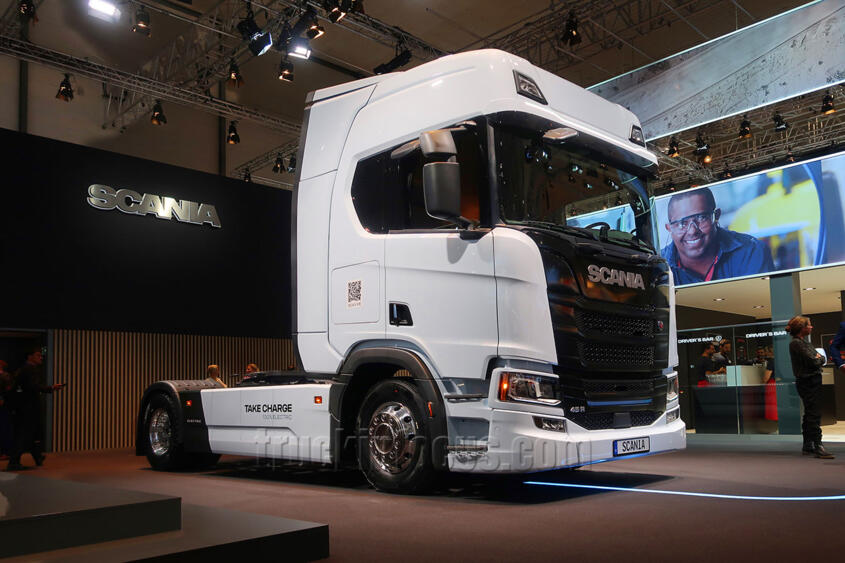
In addition to vehicles with optimized combustion engines and electric vehicles, Scania currently also offers plug-in hybrids and vehicles with gas engines. The range is divided into the L series for urban areas, the P series for regional transport, the G and R series for distribution and light long-distance transport, the S series for classic long-distance transport and the XT series for the construction industry.
After the Russian invasion of Ukraine, Scania declared the end of its business activities in Russia in 2022. Sanctions and export restrictions were imposed on the country. In March, Scania stopped supplying trucks and spare parts to Russia and ceased production in St. Petersburg. Scania announced the sale of its assets in Russia for 560 million US dollars. MAN Truck & Bus SE and Scania AB have sold their assets in Russia to local partners, while Scania has also divested its Russian financing business. The company announced that all transactions would be completed in the first quarter of 2023.
Sources:
The German annual catalogs "Lastauto-Omnibus" from 1971 to 2018, Motorbuch-Verlag, Stuttgart.
Kaj Sandell, Bo Streiffert: Scania Parade; Södertälje 1990.
Björn-Eric Lindh: The vehicles of Scania 1891 - 1991; Motorbuch Verlag Stuttgart 1992.
Kam Sandell, Bo Streiffert: Scania 100 years 1891 - 1991; Streiffert Bokförlag Stockholm 1991.
Weblinks:
https://en.wikipedia.org/wiki/Vabis
https://lkw-infos.eu/hersteller/index.php/home/scania/17-scania/445-scania-infos
https://www.lkw-infos.eu/archiv/lkw_scania.html
http://www.gabrielegaleotti.it/htm/recensioni%20Scania%20142H_version2.html
https://wiki.edu.vn/wiki15/2020/11/19/scania-ab-wikipedia
https://en.wikipedia.org/wiki/Scania_PRT-range
https://en.wikipedia.org/wiki/Scania_PRT-range#External_links
Have errors crept into this article? If you have any suggestions for improvement, just let us know and we'll take care of it. Thank you for your commitment. Please use this e-mail address for your corrections: corrections@truckinfocus.com